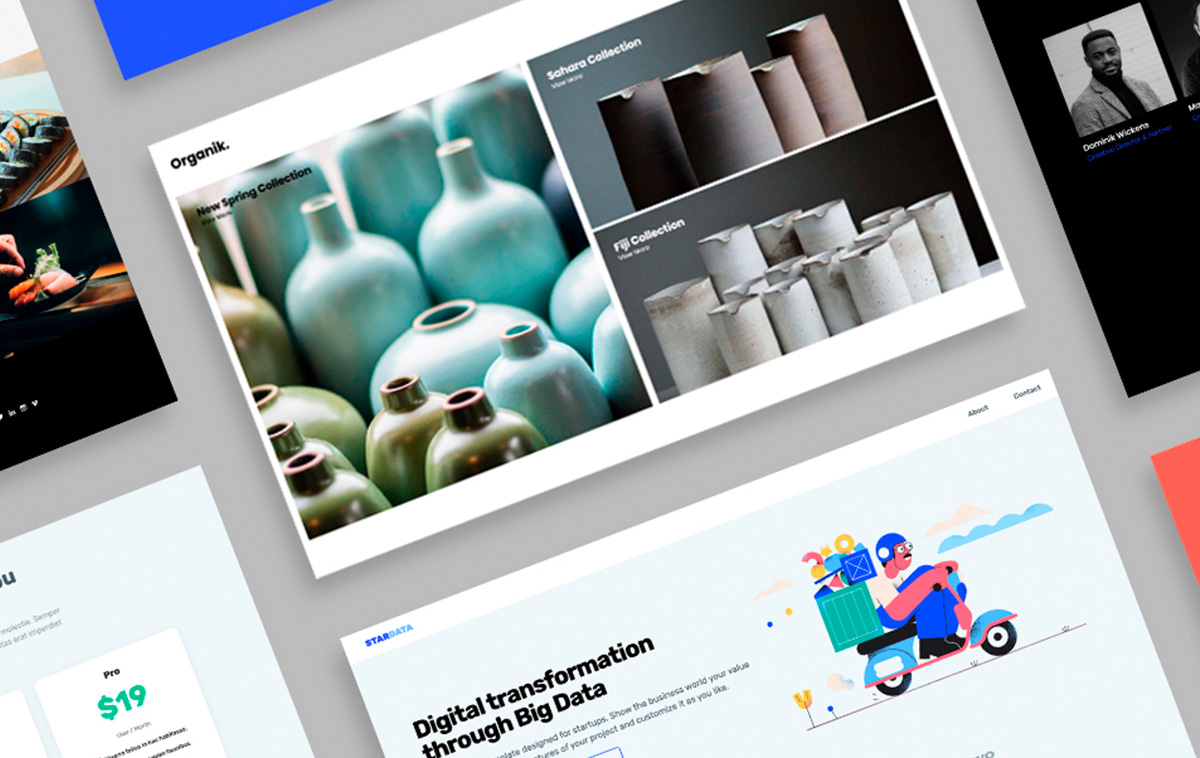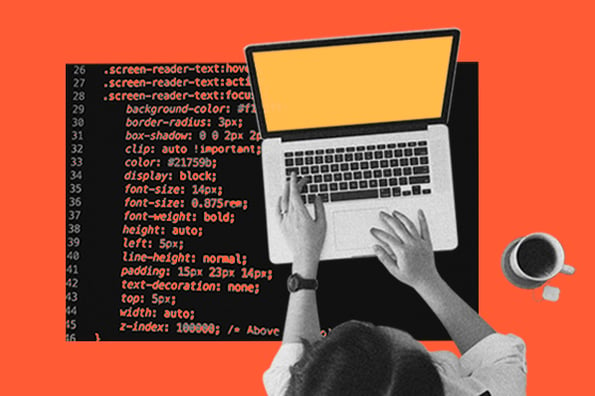Comprehending the Function and Obligations of an Expert Internet Developer in Today's Digital Landscape
In the swiftly progressing digital landscape, the role of a professional internet designer incorporates far more than mere visual charm; it requires a nuanced understanding of individual experience, technical efficiency, and strategic assuming to efficiently fulfill customer goals. Ultimately, recognizing these dynamics is essential for anyone interested in the future of internet style.
Advancement of Web Layout
The advancement of website design has changed considerably because the beginning of the internet, mirroring developments in modern technology, customer expectations, and layout philosophies. At first, website design was primary, characterized by marginal graphics and text-heavy web pages, as designers focused on functionality over visual appeals. The introduction of HTML and CSS permitted even more visually attractive designs, allowing designers to create organized content that satisfied individual experience.
As broadband net became widely available, developers accepted richer multimedia aspects, resulting in the surge of dynamic sites. The introduction of receptive layout addressed the expanding prevalence of smart phones, ensuring that sites delivered optimal experiences across various screen dimensions. This change highlighted the value of functionality and accessibility, prompting developers to take on user-centered layout methodologies.
Additionally, the combination of frameworks and content monitoring systems has streamlined the design procedure, permitting extra effective operations and collaboration. Today, website design proceeds to progress with the combination of expert system and artificial intelligence, enabling customized experiences and smarter interfaces. This ongoing change shows the need for web developers to stay adaptable, maintaining pace with technological advancements and transforming individual expectations to create reliable electronic remedies.
Crucial Skills for Developers
A successful internet designer must possess a varied set of abilities that blend creative thinking with technological effectiveness. At the core of these skills exists a strong understanding of style concepts, including typography, shade theory, and design. This fundamental expertise permits designers to develop user-friendly and aesthetically appealing web sites.
Moreover, effectiveness in graphic layout software application such as Adobe Creative Collection is vital for producing high-quality visual properties. Familiarity with web development languages, including HTML, CSS, and JavaScript, makes it possible for designers to execute their productions properly and recognize the restrictions and opportunities of the internet.
Equally important is the capacity to perform user research study and apply individual experience (UX) concepts. An internet developer must possess the analytical skills to translate customer information and comments, ensuring that designs satisfy individual demands and enhance overall involvement. In addition, staying updated with the most up to date style fads and modern technologies is crucial in a quickly evolving digital landscape.

Secret Responsibilities in Tasks
Web developers are entrusted with a wide variety of obligations that are important for the success of each task. At the forefront, they are charged with recognizing client needs and translating them right into visually attractive and useful designs. This includes performing thorough research to make sure that the layout aligns with the brand's identification and target market.
In addition, internet designers have to develop wireframes and models that lay out the layout, navigating, and capability of the site. This foundational job is necessary to make sure that stakeholders have a clear vision of the end product before growth begins. Partnership with developers is another crucial obligation, as developers need to make certain that their vision is accurately executed through coding and technological requirements.
In addition, web designers are accountable for maintaining consistency throughout various platforms and gadgets, making certain that the site is responsive and accessible. They must likewise stay updated on existing layout trends and modern technologies, integrating finest methods right into their job. Finally, detailed testing and quality control are important, as designers should recognize and address any issues prior to launch, guaranteeing a seamless user experience.
Relevance of Customer Experience
Prioritizing user experience (UX) is necessary for the success of any type of web style project, as it straight influences exactly how visitors engage with a web site. A well-designed UX enhances functionality, ensuring that users can browse flawlessly and find the details they look for without aggravation. This fluidity is vital, as even a minor challenge can lead to boosted bounce rates and lost chances.

Furthermore, focusing on UX adds to constructing brand name loyalty. They are much more likely to suggest the service and return to others when customers have positive communications with an internet site. Thus, spending in individual experience is not just a design selection; it is a tactical choice that can substantially influence a brand's online reputation and success in the competitive electronic landscape.
Future Fads in Web Style
As the electronic landscape progresses, staying ahead of arising fads in web style becomes progressively vital for designers aiming to improve customer experience. One considerable fad is the rise of responsive design, which makes sure that internet sites do seamlessly across different gadgets and display dimensions. As mobile traffic proceeds to control on-line communications, designers need to focus on fluid formats and adaptable material.
Another pattern is the integration of expert system (AI) and artificial intelligence, which can personalize user experiences by assessing habits and preferences. This capability allows for smarter content distribution and tailored customer journeys, inevitably raising engagement.

Sustainability is likewise ending up being an essential focus in website design - Web Designer in Meerut. Designers are currently considering green methods, such as maximizing site performance to lower power usage and utilizing green organizing options
Additionally, minimalism remains widespread, with a concentrate on tidy, uncluttered user interfaces that improve usability. Combined with making use of bold typography and vivid color design, this method intends to record customers' attention while facilitating navigating.
Lastly, integrating immersive technologies like enhanced reality (AR) and online truth (VR) is established to transform customer interactions, providing amazing chances go to my blog for cutting-edge web experiences. (Web Designer in Meerut)
Conclusion
In conclusion, the role of a professional web designer is essential to the success of online platforms in the contemporary digital landscape. By understanding essential skills and embracing evolving layout fads, internet designers efficiently contribute to developing engaging and straightforward web sites.
In the quickly developing digital landscape, the role of a professional internet developer includes much even more than simple aesthetic allure; it calls for a nuanced understanding of individual experience, technological efficiency, and critical assuming to effectively meet customer purposes. Web layout was rudimentary, identified by text-heavy web pages and marginal graphics, as developers prioritized capability over aesthetics. An internet developer need to possess the logical skills to analyze user data and responses, making sure that designs satisfy user demands and improve overall involvement (Web Designer in Meerut).As the digital landscape evolves, remaining in advance of emerging fads in web layout ends up being increasingly vital for designers intending to improve user experience. By welcoming and grasping essential skills advancing design patterns, my link internet developers effectively contribute to developing engaging and easy to use internet sites